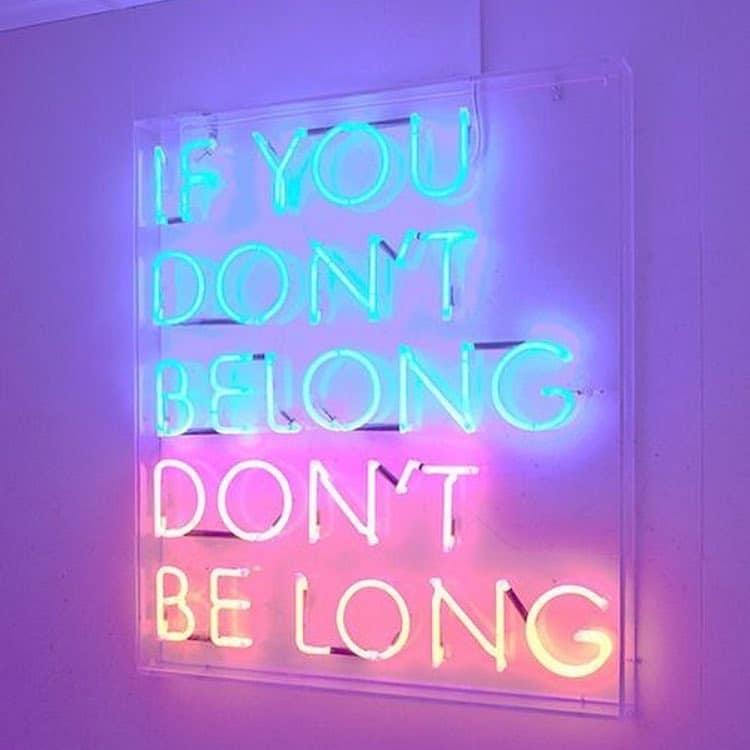Why companies need to focus on Inclusion, not Diversity

Opinion piece on the need for companies to focus their gender equity efforts on inclusion.
By Patrycja Riera, CEO, Inclusionem
Most business leaders recognize that gender diversity adds competitive edge to overall organizational performance.
However, there is still a gap between leadership behaviors and the status of gender parity in management positions and pay.
Representation is not enough.

We often cluster Diversity and inclusion together and understand it as the same thing. Nevertheless, that’s not the case.
Representation can be understood as diversity, where inclusion is the needed connection that attracts female diverse talent, encourages women to share their voices.
Focus on inclusion is what leads to innovation and business growth.
Companies face a challenge with collecting and understanding data.
It is easy to measure diversity as it is a matter of counting the headcount, how many women we have in corporate workplace on every level. Whereas quantifying inclusion can be hard, as it is a representation of individuals’ feelings which we need to consider and understand.
Often when it comes to inclusion, we need to appreciate the narrative and the story, alongside the data, to get the full picture.
“Diversity is being invited to the party. Inclusion is being asked to dance.” Verna Myers
Where to start?
The place to begin is simple, yet fundamental, and it is understanding that there are different perspectives in the room, and that they are all valuable.
It is also important to explore and identify what obstacles and difficulties are holding women back if they are not allowed to show up authentically.
Only then as an organization you can prepare programs that propose ways to help women to feel that they are included.
What does a culture of inclusion look like?
Research shows that employees who feel included are 42% less likely to to leave their job within a year and 1.3 times more likely to unlock innovative ideas. Talent with sponsors are 62% more likely to ask and receive promotion. 69% of women who left their jobs said did it for lack of flexible work options.
The focus to create a felt experience of inclusion is then for companies to understand their women, not only what they do and deliver (their roles), but who they actually are as human beings, what is important for them in order to progress further in their careers.
Again, if we don’t hear the whole story, diversity without inclusion is a story of overlooked employees and missed opportunities.
Start with data.

Surveys
In order to be able to do it well, you need to understand how to look at the data and make sense of it. Segment the data by criteria. Look at other factors such as, ethnicity, generation, tenure, geography or roles in the organization.
It will help you not missing opportunities to identify challenges in smaller groups and minorities. You can use that information as the first finding and follow up with additional surveys to understand the problem in detail.
Focus Groups
Gather selected people who can participate in a facilitated discussion to elicit employees’ perspectives and experiences about a particular topic or area of interest that you want to gain more information and understanding. When you hold focus groups, make sure they are facilitated by an independent facilitator and in an environment that is non-threatening and receptive.
Use the groups to understand in depth the emerging patterns from your surveys, as it will allow you to create specific actions to resolve the real issue rather than only touch the surface of it.
One-on-one conversations
Those can be very powerful, especially when you have established trust and an honest and strong relationship. A one-on-one discussion with a manager can be the most powerful tool for finding out what women care about.
In order for those to be effective, leaders must have an open-door policy and be comfortable with employees sharing what is important to them.
Those conversations often bring to light what has been in the darkness.
The role of the manager is then to make sure those messages and concerns are addressed on a team or organizational level.
The path to success

In a perfect world, we all understand each other, are curious to hear different perspectives, opinions and make sure we appreciate each other’s contribution.
However, in the real world, that’s not the case.
We live a complex life, with priorities and deadlines and often don’t focus on actions that help us to recognize what’s important to our women, both individually and collectively.
One size does not fit all, the strategies and actions that worked well in one organization, might actually not bring more focus on gender inclusion in your organization, because that might not be what your women need.
Listen, understand and then act.
#weallareeve
